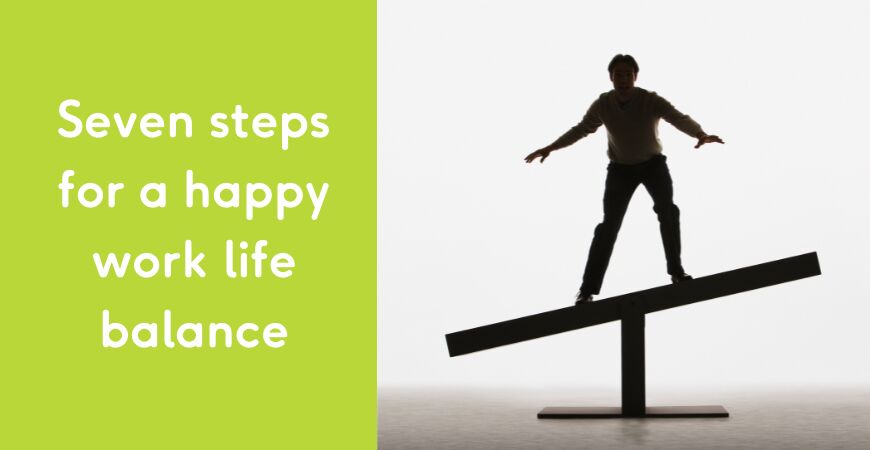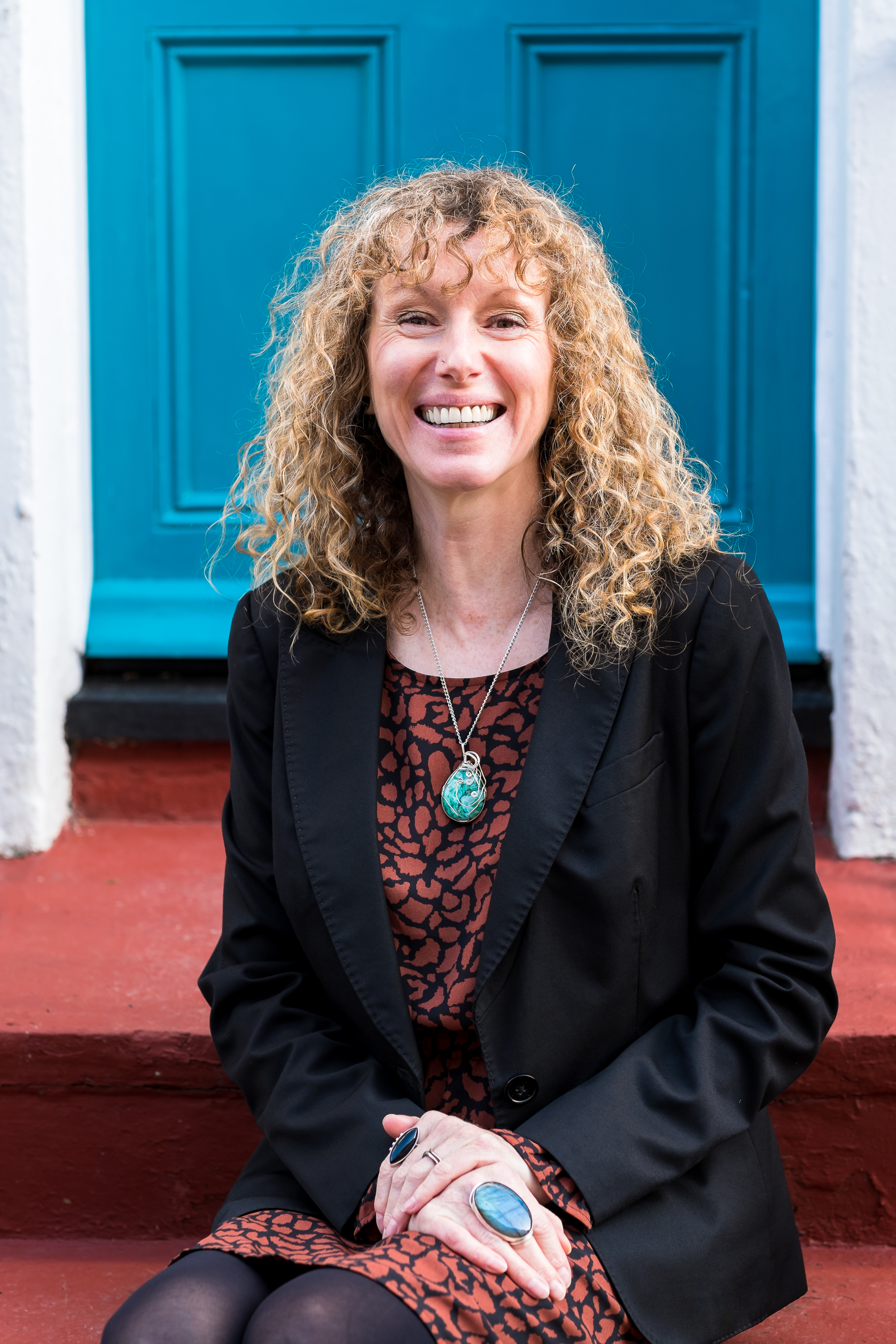

Thu 18 / 11 / 21
Seven steps for a happy work life balance
What's your work-life balance like? Do you think you have it right? Jo Murfin, leadership and career coach, shares her top seven steps to finding your happy work-life balance.
By Jo Murfin of
However you’ve adapted to recent events, now is a good time to think about how you focus your time and energy to improve your work life balance.
To help you find your happy work-life balance, here are my top seven things to consider for finding your happy work-life balance.
1. When?
Are you in ‘always on’ mode? Long working hours can have a negative impact on your physical health.
Plan a definite start and end to your day to give some separation between home and work life – setting boundaries for your working hours, and letting other people know when you’ll be working. And stick to it!
Also consider opportunities to change your working pattern. How could this benefit both you and your organisation?
2. Where?
It’s important to consider personal circumstances and preferences alongside the needs of the business.
If you have flexibility to be in the workplace and other locations, it might be helpful to plan where you work according to what you’re trying to achieve that day. Think about having a task-based approach, which could be a starting point for a hybrid working method that makes the best use of your time and energy.
3. How?
How you work is as important as where and when.
Planning and prioritising your work to build a healthy relationship with time helps to avoid burnout. Consider and balance the wellbeing and business benefits of work and communications – how can you continue to make the best use of technology to collaborate and communicate?
4. Which?
Whether you are self-employed or employed by an organisation there are things you can control and choices you can make.
You can choose to balance both work productivity and your wellbeing equally, just as you can give your own wellbeing as much attention as you give to that of your family, friends, colleagues and employees.
5. Who?
Working together brings opportunities for fresh perspectives and diverse views. Who can you collaborate and build relationships with? Find out how people would like to work together and agree an approach that includes everyone. How can you make the most of opportunities for everyone to feel that they belong and that they can contribute ideas?
If you manage or supervise people, building trust and managing by outcomes can enable you to delegate more, which enables you to focus your own time and energy.
6. Why?
A useful self-coaching technique is to ask yourself ‘why?’
If you find yourself working longer hours on a regular basis, ask yourself what the reason is. Who are you trying to please and why? How is this behaviour serving you? What could you change?
Are you someone who says ‘yes’ to new work whilst wondering how you will find the time to get everything done? Ask yourself why you do this. What are you worried about? How would it be if you declined on occasion?
7. What?
In the longer term you may want to think about making changes to your home or working life for the future.
You could start with what you want from your life. Why do you work? What are your basic needs? What type of environment makes you happy?
Then think about the impact you want to make. What does success look like to you? What makes you feel valued?
And finally, consider your passions. What do you love doing? What are you really good at? What inspires you and gets your attention?
With an improved work-life balance, you could be more focused at work and spend time on things you love in your personal life.

Jo Murfin is an experienced Qualified Career and Leadership Coach, and a member of the Institute of Leadership & Management and the Association for Coaching.
To find out how Jo can help you to focus your time and energy email Jo at jo@jomurfincoaching.com, visit her website, or connect on LinkedIn.
If you want to contribute to the Chamber blog, contact us on hannah@brightonchamber.co.uk



